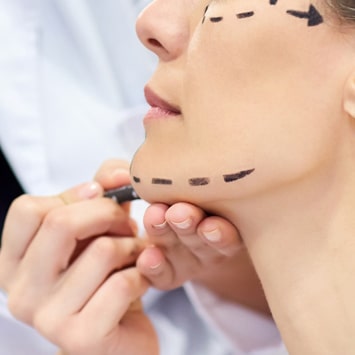 01
01
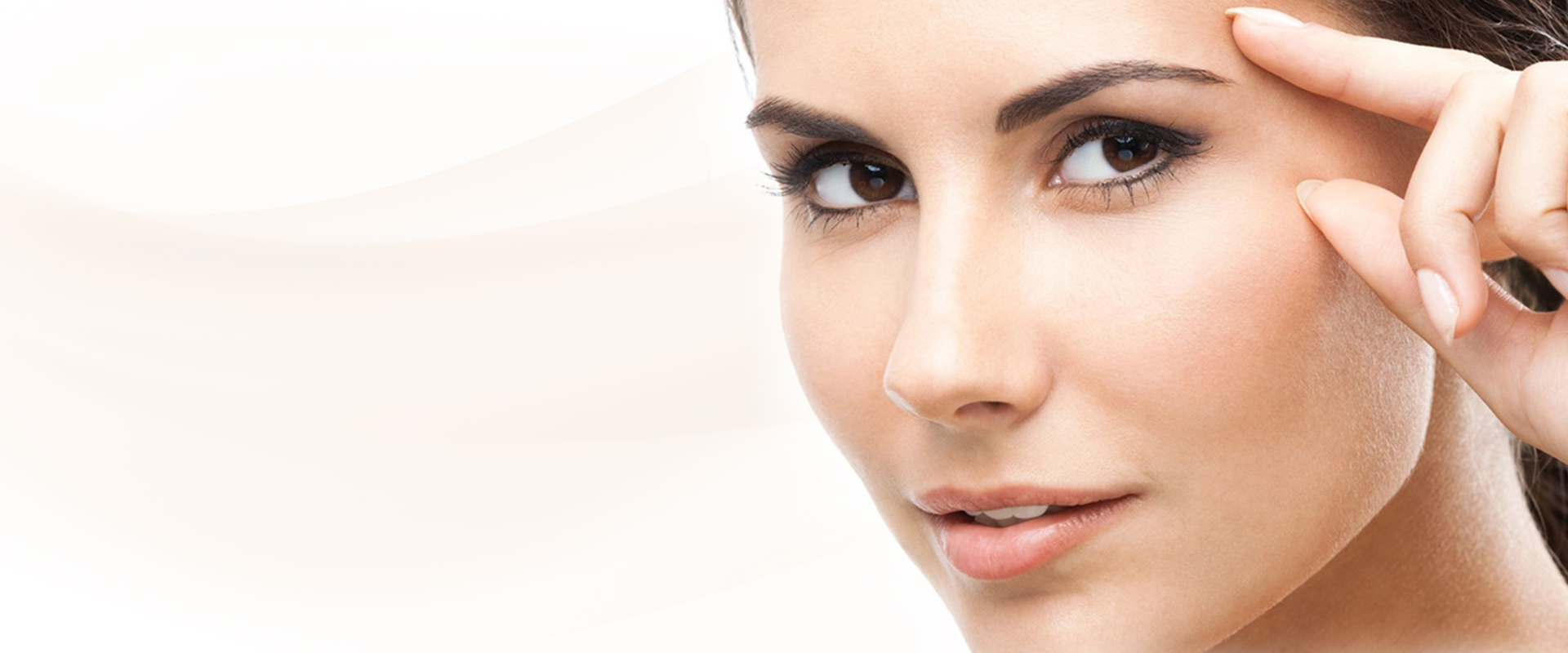
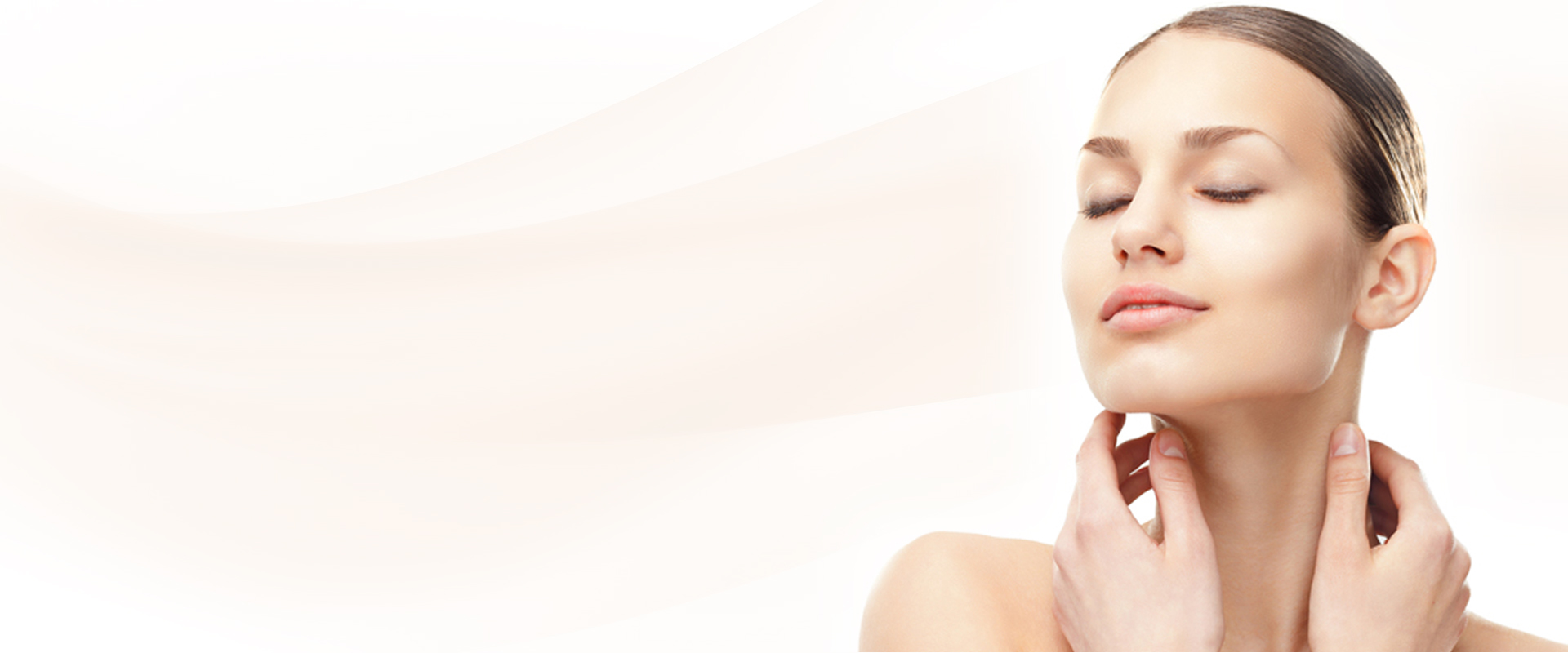
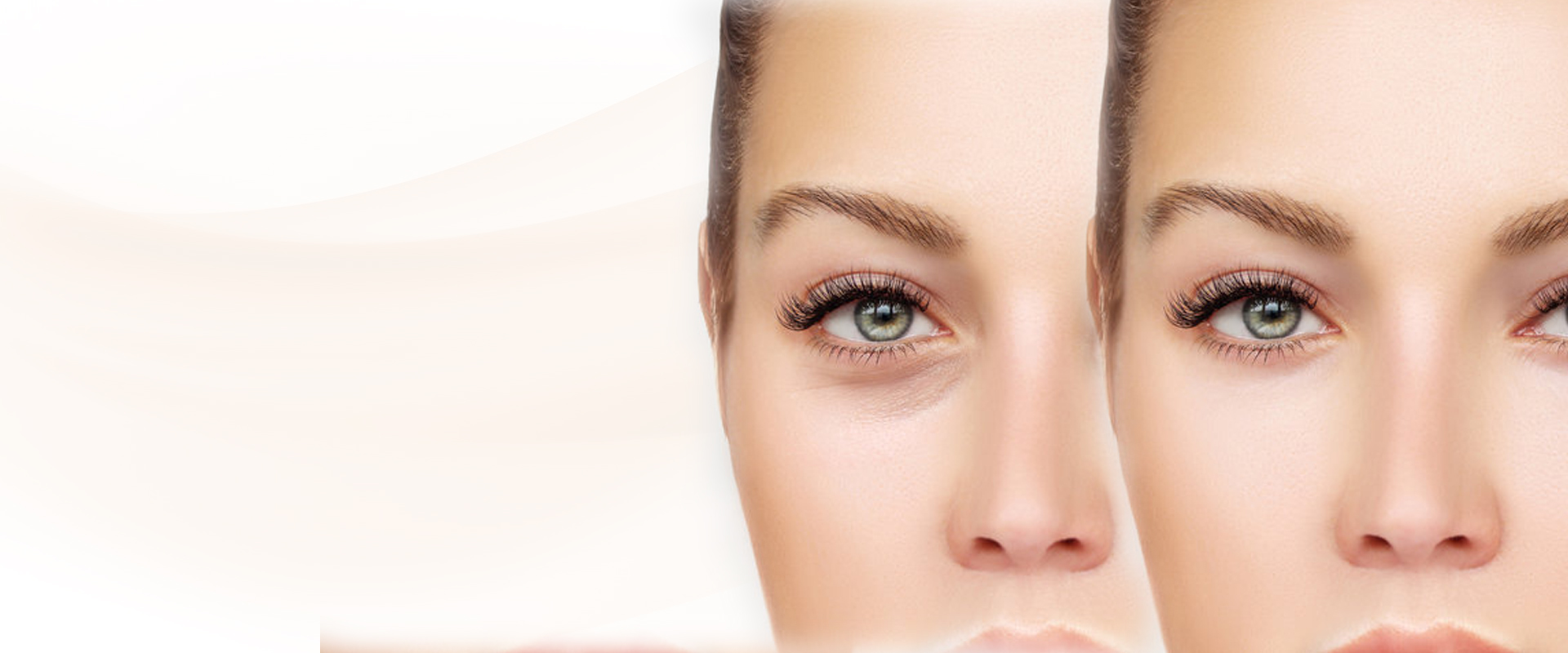
Blepharoplasty or aesthetic eyelid surgery is performed on adults of all ages. Some people have blepharoplasty (eyelid surgery) to correct problems that are a result of aging, while others have inherited traits that cause them to seek treatment as early as their 20s or 30s.
Blepharoplasty is one of the most frequent surgeries performed by plastic surgeons. It is also one of the first surgical procedures people get. "Tired and aged" eyes are one of the earliest stigmatas of aging. See more eye surgery options
1. Any one or combination of the following conditions may indicate that you are a good candidate for eyelid surgery:
Aesthetic eyelid surgery can usually correct these problems, though other treatments may also need to be considered. For example, if the upper eyelid condition is accompanied by sagging of the eyebrows, then a forehead lift may be recommended. Smoothing of crow's feet may require chemical peeling or laser resurfacing procedures. Circles beneath the eyes caused by dark pigmentation may be treated with a bleaching solution or chemical peel. Your plastic surgeon can provide further information if you have an interest in any of these additional procedures.
During the initial consultation, you may be asked to look in a mirror and point out exactly what you would like to see improved. This will help your surgeon to understand your expectations and determine whether they can be achieved.
You should come to your consultation prepared to discuss you medical history including previous surgeries, past and present medical conditions and current medications. It is important for you to provide complete information. High blood pressure, thyroid problems or diabetes are among the medical conditions that may increase the risks associated with eye lift surgery.
Your plastic surgeon will want to know if you have allergies, especially if they affect your eyes. He or she may ask whether you have ever tried and were unable to wear contact lenses, you should bring them with you in case your surgeon wants to test your vision.
It will be necessary for your surgeon to know if you were ever told by an ophthalmologist that you have a condition called "dry eye" or if you have any other problems with your eyes.
One of several surgical techniques may be suggested to improve the appearance of your eyelids. The particular technique that your plastic surgeon recommends will depend on may factors such as the amount of excess fat and skin in the eyelid areas, the position of your eyebrows, and the condition of muscles around your eyelids. Your eyelift plastic surgeon will discuss with you.
Because of individual factors, not everyone will achieve the same results from eyelid surgery. Your plastic surgeon will select the surgical technique that he or she feels will obtain the best outcome for you
For upper eyelid surgery, generally an incision is hidden within the natural fold of the upper eyelid and extends slightly beyond the outside corner into the laugh lines or other existing creases. Through this incision, excess skin and fatty tissue are removed. Because the incision follows the natural contour of the upper eyelid, it will be well camouflaged when healed.
For lower eyelid surgery, often an incision is hidden just below the lower lashes. Through this incision, excess skin, muscle and fat are removed, or fat may be redistributed to eliminate puffiness or bulges. Other adjustments to correct special problems such as muscle laxity may be performed. As in upper eyelid surgery, the incision is well camouflaged by natural creases.
In some cases, you and your surgeon may decide that the best approach for removing excess fat is through an incision placed inside the lower eyelid. This technique requires no external incision, but it cannot be used to remove excess skin. A laser may sometimes be used in conjunction with this method to tighten the lower eyelid skin
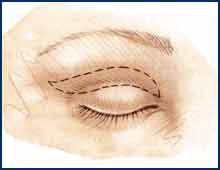
For upper eyelid surgery, generally, an incision is hidden within the natural fold of the upper eyelid and extends slightly beyond the outside corner into the laugh lines or other existing creases.
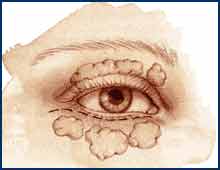
For lower eyelid surgery, often an incision is hidden just below the lower lashes. Excess fat in both the upper and lower eyelids may be removed, or sometimes lower eyelid fat is redistributed.
Fortunately, significant complications from aesthetic eyelid surgery are infrequent. Every year, many thousands of people undergo successful eyelid surgery, experience no major problems and are pleased with the results
The subject of risks and potential complications of surgery is best discussed on a personal basis between you and your surgeon, or with a staff member in your surgeon's office.
Some of the potential complications that may be discussed with you include hematoma (an accumulation of blood under the skin that may require removal), infection and reactions to anesthesia. Following the surgery, there can be a feeling of dryness or irritation in the eye that requires treatment. There is a possibility of a temporary decrease in sensation of the eyelid skin or impaired eyelid function that sometimes may need to be corrected by additional surgery.
You can help minimize certain risks by following the advice and instructions of your plastic surgeon, both before and after your eyelid surgery..
The goal of your plastic surgeon and the entire staff is to make your surgical experience as easy and comfortable as possible
If you are a smoker, you will be asked to stop smoking well in advance of surgery. Aspirin and certain anti-inflammatory drugs can cause increased bleeding, so you should avoid taking these medications for a period of time before surgery. Your surgeon will provide you with additional preoperative instructions.
Aesthetic eyelid surgery is usually performed on an outpatient basis. If this is the case, be sure to arrange for someone to drive you home after surgery and to stay with you at least the first night following surgery.
Your eyelid surgery may be performed in a hospital, free-standing ambulatory facility or our office-based surgical suite.
Medications are administered for your comfort during the surgical procedure. Frequently, local anesthesia and intravenous sedation are used for patients undergoing eyelid surgery, although general anesthesia may be desirable in some instances. For your safety during the operation, various monitors are used to check your heart, blood pressure, pulse and the amount of oxygen circulating in your blood.
When surgery is completed, you will be taken into a recovery area where you will continue to be closely monitored. Your vision will be blurry as a result of ointment used to soothe and protect the eye during surgery as well as from the swelling that is a normal aftermath of eyelid procedures. There is surprisingly little discomfort, however, from the surgery.
You probably will be permitted to go home after a few hours, although some patients may stay overnight in the hospital or surgical facility.
It is important to realize that the amount of time it takes for recovery varies greatly among individuals.
The first evening after surgery, you should rest quietly with your head elevated. Your surgeon may instruct you to apply cold compresses to your eyelids. Remember, you must not take aspirin or certain anti-inflammatory medications.
Initially, you may feel a "tight" sensation around the eyes and some mild discomfort that can be controlled with oral medication. During the first 48 hours following surgery, patients experience varying degrees of swelling and bruising. Some patients find that mild swelling persist for several weeks, while others may see swelling resolve in as little as one week. Bruising typically disappears within seven to ten days. Within the first week you will be permitted to use makeup, if desired, to conceal any discoloration. Stitches are usually removed within a week of surgery.
Your vision may continue to be somewhat blurry for a few days or longer. Your eyes may be temporarily sensitive to light, and you may experience excess tearing or dryness. Some plastic surgeons recommend eye drops to help relieve any burning or itching. You may want to wear dark sunglasses for a couple of weeks to protect your eyes from wind and sun irritation
Straining, bending and lifting should be avoided during the early postoperative period. In many instances, you will be able to resume most of your normal activities within ten days or less. Although you might feel like going back to work just a few days after surgery, your vision may still be slightly blurry which could make reading or other paperwork more difficult. You should not wear contact lenses for a week or two.
Aesthetic double eyelid surgery has the effect of making you look more rested, refreshed and alert. Since the healing process is gradual, you should expect to wait at least several weeks to get an accurate picture of the results of your eyelid surgery. Incisions will fade over a number of months until they become barely visible
The results of aesthetic double eyelid surgery are long-lasting, but they may be affected by your heredity and lifestyle factors.
Removal of fat from your eyelids, which is usually the cause of puffiness and bags, is permanent, and these conditions generally will not recur. The skin continues to age, however, and skin laxity along the fine wrinkling of the eyelid area may, at some point, return. Sometimes loss of tone in the forehead causes additional sagging of the eyebrows which mimics a recurrence of drooping upper eyelids. if this happens, correction may require a forehead lift or a secondary eyelid procedure.
Even though the aging process continues, patients are usually happy with their appearance for many years following double eyelid surgery. Some patients find that they want to make additional improvements at a later time
After undergoing eye rejuvenation surgery, certain eye creams can help maintain the youthful appearance. Dr. Speron recommends neaclearplus Liquid Oxygen Anti-Aging Eye Cream to aid in the healing process of the eyelid.
neaclearplus Liquid Oxygen Anti-Aging Eye Cream:
You will return to your plastic surgeon's office for follow-up care at prescribed intervals, at which time your progress will be evaluated. Your surgeon will encourage you to schedule routine follow-up evaluations at the frequency recommended for your age group and the procedure performed.
Please remember that the relationship with your plastic surgeon does not end when you leave the operating room. If you have questions or concerns during your recovery, or need additional information at a later time, you should contact your surgeon
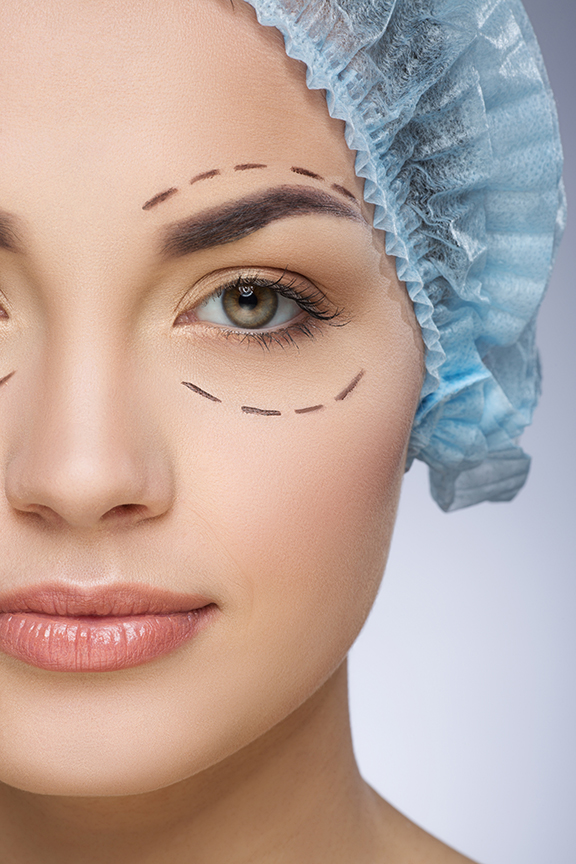
In a lower blepharoplasty, typically a canthopexy is done at the same time to tighten the loose orbicularis muscle and give a more natural look while diminishing ectropion or lateral scleral show.
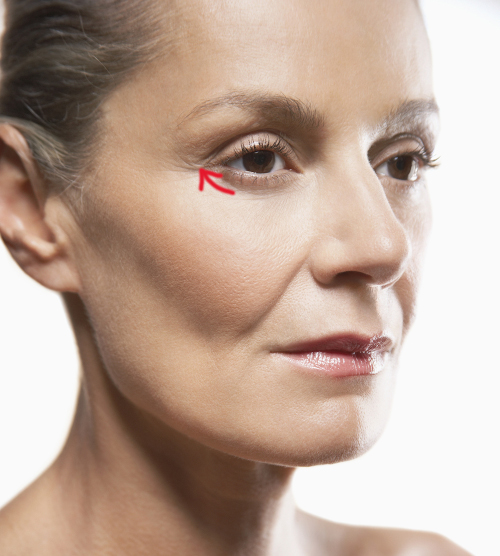
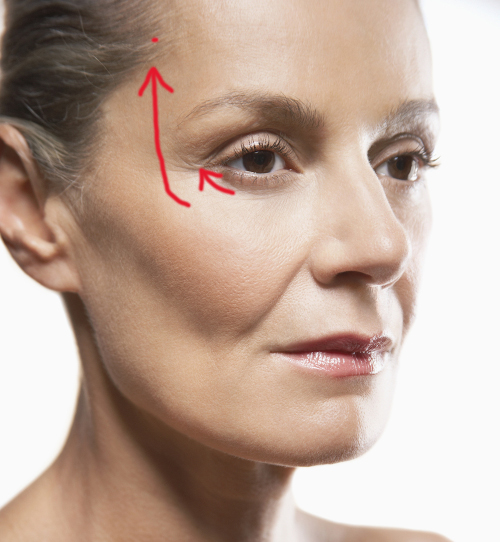
A Midface or cheek lift is done through the same incision as a lower blepharoplasty with the addition of a small incision in the hairline. The muscle is lifted in two directions, one with the lower blepharoplasty and canthopexy, and secondly, in a different vector superiorly to lift the mid face or cheek. Most people lift this laterally, but I have changed my approach, because that did not look as natural and it was not as powerful a lift. The midface or cheek ages and descends downward. Please remember that with a mid face or cheek lift, you are also getting a lower blepharoplasty at the same time. It is included and not a separate procedure.
Most surgeons will lift the muscle or SMAS in 1 direction. I have evolved my technique over the years to lift it in 3 separate directions, which results in much more powerful lift, as well as a more natural look. The 3 vectors are determined the day of surgery, depending on what priorities the patient has in terms of jowls, jawline, neck etc. Even though this improves the midface about 30% and the neck, further work can be done with a midface or cheek lift, as well as additional work to the neck, depending on the patient's examination and their expectations.
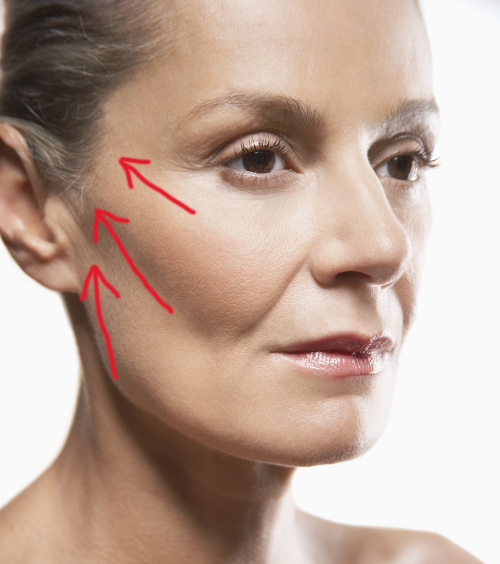
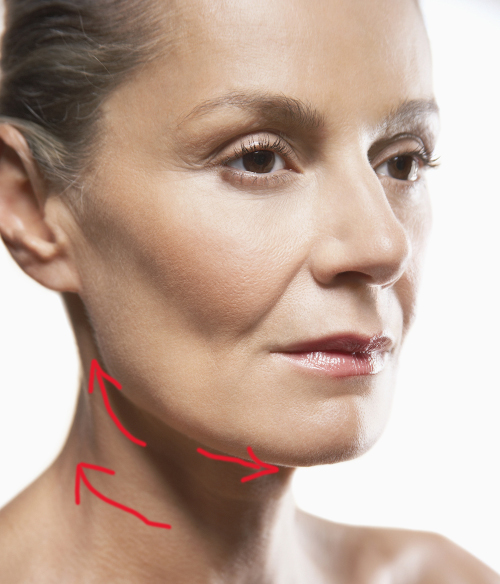
There are four different options to improve a neck. Depending on how much extra skin you have, fat, and how lax your muscles are these options will be discussed during your private consultation. First option is just liposuction. Second option is a mini neck lift through a small scar in the submental crease. This pulls the neck medially or inward. Next option is a mini lateral neck lift, which has two small scars, and pulls the neck laterally or out to the side. Finally, the last two options are a T or Z neck lift, where the submental skin excess is removed and a full neck lift, which includes the T or Z scar as well as a vertical scar all the way down to the sternal notch. This last option is the most aggressive, but has the most scarring.
When I first published The 7 Critical Questions to Ask Before Letting Any Surgeon Touch You, I had no idea that it would be so popularly received. Since its publication, this brief guide has helped thousands like you to more safely navigate the world of cosmetic surgery. The 7 Questions have been updated and a bonus section, Applying the 7 Questions, has just been added. Be my guest to read, learn and share.